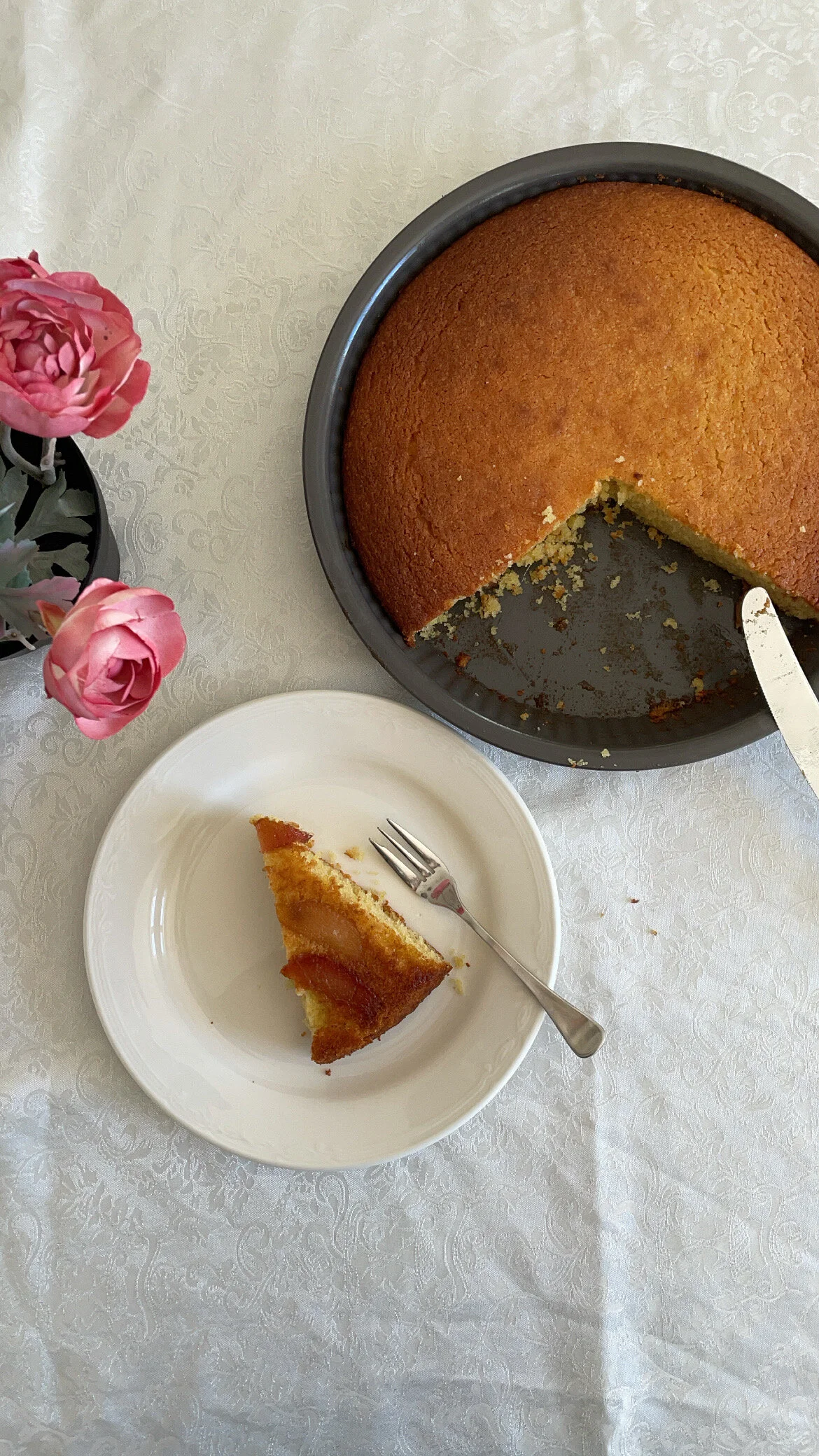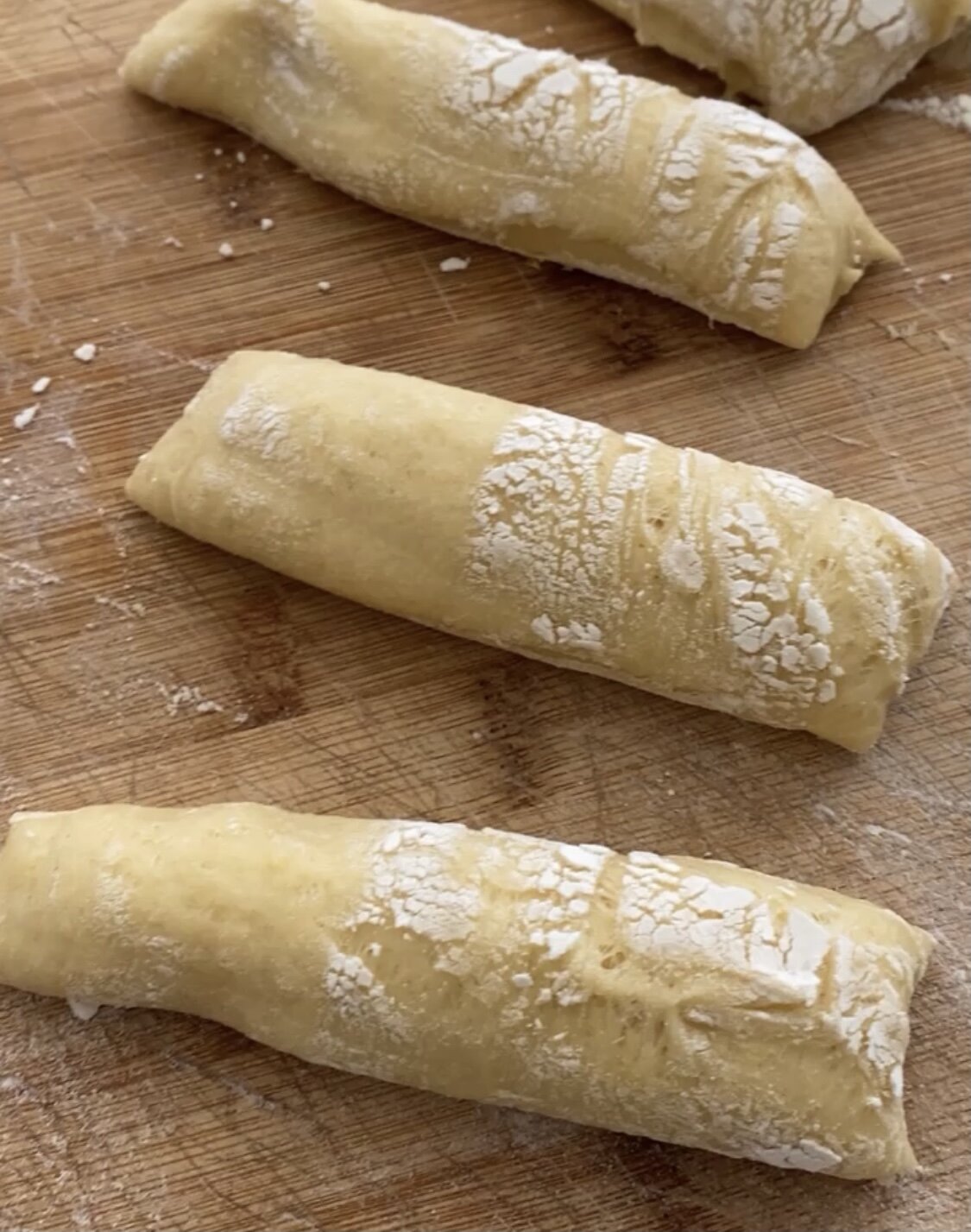I’m not sure when it happened, I’m just glad it did. I’m glad the world has become smaller and we are all embracing each others diversities. We still have a way to go maybe, but for Italians the world looks peachy. The beauty of our culture is shining all over the globe. Apparently it’s really ‘on trend’ to be Italian.
Things were a little different for the first wave of immigrants and their children back in the 1950’s post World War 2. The struggles were real. An unknown race was flocking overseas in search for opportunities they didn’t have in Italy at the time. Italians & Italian culture was the unknown, those ‘greasy wogs’ - ‘bloody garlic munchers’.
Italian immigrants proved themselves, and earned respect. The Italians of that generation are known as hard workers - the heads down and get on with it sort. No handouts, no complaining (they couldn’t speak English anyway) and they had one goal in mind - survival. Sometimes they were called names or mistreated, but that was child’s play compared to the hardship they had left behind in Italy.
We can thank our ancestors for giving Italians a good reputation around the world, and thank gosh for travel being more affordable these days so people can see how beautiful our culture is by visiting Italy and immersing themselves in it. Italians proved themselves and now the rest of the world can’t get enough of all things Italy!
So what are the things non Italians love to love about Italians and Italian culture? According to my language students the list from a foreigner’s perspective is long. Let’s begin -
Family values
‘La famiglia’ is the most important part of an Italian’s life. ‘La mamma’ and ‘la nonna’ are two of the most respected family figures.
All ages matter - especially the children and the elderly.
There are definitely some sexist undertones still going on, but that’s a global issue. I would dare say it is a matriarchal society. In the eyes of my students, Italian women are ‘generally’ strong and confident, with a bit of ‘sass’.
Food & drink culture
For the way it brings people together, the rituals around it, the way food is spoken about in a positive light. The ‘aperol spritz’ & ‘burrata’ fads in other countries may pass (thank gosh), but the deep rooted culture around food will always remain. It runs deep in the veins.
Community, Traditions, La Piazza
The holding on to traditions and ancient (usually religious) festivals, that bring everyone together. The ‘passeggiata’ and the piazza, where people can just ‘be’ on a daily basis without the pressure of always having to ‘do’ or ‘purchase’.
People’s pride and loyalty to the town or village they are from
Italians speak of their birthplace with such love and pride. Most are able to tell you story after story with so much oomph you leave believing they live in the most special village in all of Italy.
Language
People simply love the sound - hence the name ‘la dolce lingua’ (the sweet language). It is very easy on the ear
Art, music, literature, architecture, fashion
I have bunched all of these into one. These are the things Italy used to promote to the tourist and are extremely significant. Italy is flooded with history. I can say that 99% of my students, when visiting Italy enjoy a trip to the local museum, stand in front of stunning architecture with jaws dropped, love to walk the high streets of fashion in Milan & Rome, but much prefer to immerse themselves in the everyday living of an Italian when possible. They will always tell me stories of people more than places, and the warmth they feel from Italian locals when travelling.
But everything goes in and out of fashion. People are always searching for the next best thing or something new. This trend may pass too - but I imagine that because it is the Italian people and culture stealing hearts, not just the ‘place’, foreigners will be forever pining for Italy - as though it were their first love.











































